How to Get $1,000 Into Your Emergency Fund Almost Painlessly
The most important thing you can do to strengthen your personal economy is to have an umbrella—an emergency fund with enough money to pay all of your bills for six months. And it needs to be safe and secure in a bank account. Please don’t close this tab because you believe you are in such bad shape financially that it would be impossible to build an emergency fund. Keep reading. There’s hope, and I’ll show you how.
You read that right—half a year’s income! I know what you’re thinking: You can’t imagine being able to save even fifty bucks! No worries. The secret to getting there is to start small. Like $50. It’s time to figure out how and where to do this—how to come up with the seed money to start growing your emergency fund.
10% Off the Top
Weekly, or as you get paid, save 10% of your paycheck right off the top before you do one other thing with that paycheck. It is an obligation to yourself, and you need to see it as mandatory! Can’t do it? I’m sure you can, but OK. Start with 5% or even 1% and build up from there. Just start!
Make it Bill #1
This will be hard, but I know you can do it: Make feeding your emergency fund—whatever the amount—the first bill you pay before anything else.
Once you have accumulated $50, go to your bank or credit union and open a savings account. Or open a free savings account at my absolute favorite place to grow and maintain a Contingency Fund, online SmartyPig.com. Or at an online bank like Ally.com.
Make. Dreams. Happen.
SmartyPig is a free online piggy bank for people to save for financial goals like emergency funds, holiday gifts, vacations, and even retirement. It makes saving fun. Oink!
While you are opening that account, set up an automatic deposit authorization. This will give your bank (where you have your regular household checking account) authorization to automatically transfer the amount you designate—$10, $100, or ?—from your checking account straight to your emergency fund—on the exact day you specify.
Here’s a secret: You won’t miss what you don’t see. Okay, you’ll miss it for the first few paychecks, but soon you will not miss it.
Get Rid of Non-Essentials
Determine to give up non-essentials: Things such as cable TV, eating out, gym membership, and that landline phone you have but never use. That’s a start; you’ll instinctively know how to add to this list.
Reduce Variable Expenses
You can’t cut off your utilities, stop eating, or give up driving. But you can reduce the cost of the food, energy, and fuel you buy. Opt for the cheapest supermarket and gas station. Turn out the lights; turn down the thermostat. Stop making so many unimportant trips. Think twice before you get in the car. Determine to combine all of your errands so you make one trip. Every little bit counts—it all adds up!
Quit Smoking (or fill in the blank)
This suggestion requires no explanation, although it does beg the question: Who can even afford to smoke these days? At about $8.00 for a pack of 20 smokes (U.S. average), that’s a $2,300-a-year habit. And in New York City, an average smoker spends more than double that—$4,705 annually!
In every state the cost to buy cigarettes for 20 years is over $48,000; that is enough money to buy a new car or in some areas a down payment on a house.
Not a smoker? Substitute smoking with your personal vice that’s keeping you broke.
Stop Paying Bank Fees
If you’re paying a $7.95 (or higher) per month fee for the privilege of maintaining an account, stop! Open an account at an online bank (they pay better interest rates, too), like Ally Bank, that doesn’t charge a monthly maintenance fee for checking or savings accounts. Or check with a local credit union for free personal checking accounts. Some banks, like U.S. Bank, even offer free basic business accounts.
Pull Back
Stop sending more money than required each month to your credit card companies, mortgage lender, or any other creditor. It’s admirable that you’re diligent about repaying your debts, but if you continue to do this while living without money in the bank, you’re setting yourself up to fall even deeper into debt.
How does that work? Think about it. Something is going to happen that you didn’t see coming, let alone planned for. How will you cover the cost of a new refrigerator when yours suddenly gives up the ghost? I could make a list a yard long for all the things that could happen to require you to fork over $50, $500, or more. What will you do if you have spent every dollar in your name in a mad rush to pay down debt rather than create a Contingency Fund?
Clean Out
Take a look through your cupboards and closets. Identify everything you haven’t used in the past six months. Turn what you don’t need into cash using a website like eBay or Craigslist. Or hold a yard sale. Add every nickel of the proceeds to your emergency fund savings.
Got books, CDs, electronics, etc., that are current, in good shape, and you’d like to sell? Go to Decluttr to see if they’re buying what you’re selling. It’s super easy, and while you won’t get rich, it’ll be more than you have with all that junk sitting there in your garage or basement.
And don’t forget about your wardrobe! Take a moment to sift through your clothing items. Have gently used items that no longer fit or pieces with tags still attached that you never got around to wearing? Consider selling them on sites like Poshmark or Depop. You’d be surprised at how quickly those unused garments can turn into cash to bolster your emergency fund.
Make it Yourself
Start cooking and baking. Even if you aren’t cooking from scratch, making meals at home will cut your food costs. Whatever it takes, find ways to stop the endless money drain you’re forking out on food. For example, a decent loaf of bread now costs upwards of $5.00 a loaf at the supermarket or bakery. You can make it yourself for $.50 a loaf. This is just one example.
Increase Your Income
Get a second job. Or third. Work more hours at your current job. Get a side gig. Get creative by making money doing things you already love to do, like dog walking or selling handmade items. Stop expecting someone else to cover your shortfall.
Take Lunch to Work
Have you figured out what you’re spending per year on eating lunch out? Even at $15 a day (not easy to do these days), you’re spending $3,750 after-tax dollars on lunch! Just think of all the dinner leftovers you throw out that could easily be tomorrow’s lunch.
Adjust Withholding
Use the IRS Federal Withholding Tax Calculator to make sure you aren’t having too much income tax withheld from your pay. Adjust until you are as close to neither owing nor being owed. How? Use the calculator to determine how much you should be having withheld, then contact your employer to adjust your withholding amount. You have every right to make that decision, and you should! On your next payday, you may see more money in each paycheck. Don’t spend it—save that increase straight into your Contingency Fund!
Stop at the Match
If you are contributing to a retirement account like a 401(k) or 403(b) and you do not have a healthy Contingency Fund as your safety net, don’t stop your contributions. Instead, adjust your contribution to be the same as the amount your employer matches—typically, that’s 3% to 5%. Now, you are not leaving free money on the table, but you will see more money in your paycheck that you can immediately direct to your contingency fund.
You Need a Lifesaver
Your CF (Contingency Fund, which I prefer to call an emergency fund) is your financial lifesaver, especially when you are in debt and living paycheck to paycheck.
Let’s say you save up $75. Great start! Then WHAM! Your car suffers a blowout. The tire is shot. A new one will run you $200, but the tire shop sells certified used tires for $50 each. See how this works? Instead of putting another $200 on your credit card—leaving you defeated and sure you will never see financial freedom—you pay CASH from your CF for the $50 tire. Then, you immediately replenish and get back on track by replacing that $50 to grow your CF even bigger.
Just Do It
It’s time to get a scorched-earth mentality. Put these money-saving tactics into play with the kind of mental toughness you would exhibit when determined to win a battle. Cut out all the crap, stop paying others to do for you what you can do yourself. Fire the lawn guy. Clean your own house. Delete your Grub Hub and DoorDash apps from your phone. Make this a top priority and you’ll be able to save $1,000 in record time.
But don’t stop there. First, let me know so I can celebrate with you, then keep going, one dollar at a time. Soon you’ll have $5,000; then $10,000 or more set aside to keep you afloat during times of financial distress. Trust me on this: Difficult days are ahead for all of us. The best time to have started doing this was 20 years ago. The second best is today.
Oh, how I love this concept and plan! No matter your current financial situation, you can put yourself in charge of your finances. You are not a victim. You’re a money manager, learning the ropes, gaining experience, and destined to be the CEO of your life. And a mighty fine CEO you will be!
Question: Have you ever sold unused items to boost your emergency fund? Share your experience and any tips you have for others! Let us know in the comments below.

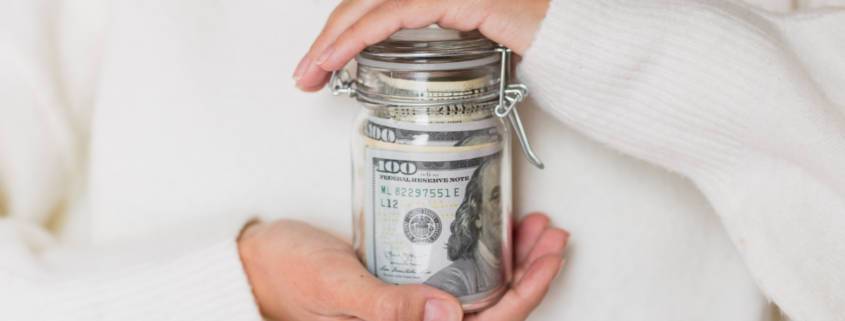

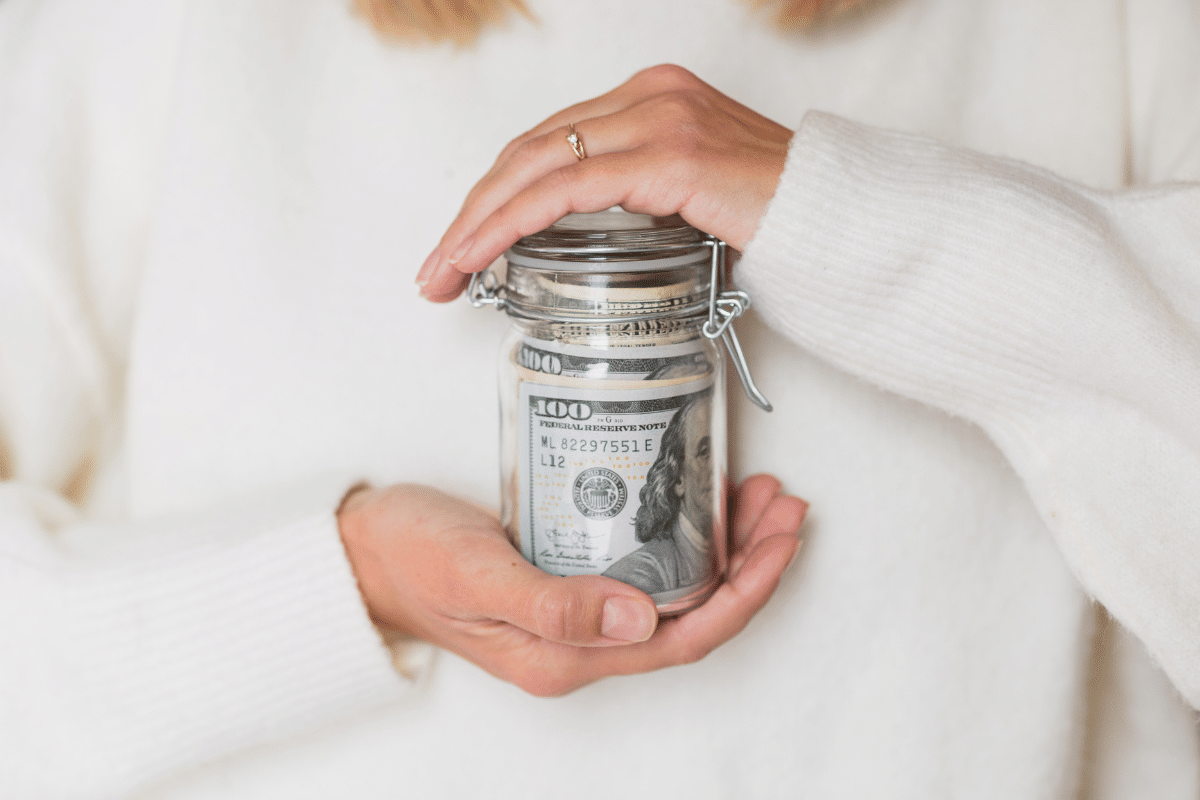

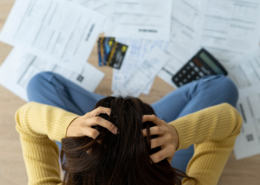


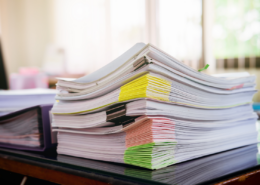
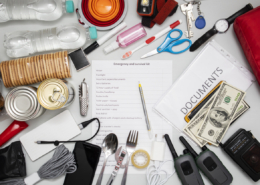



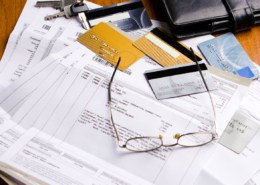


Dear Mary, Just want to share that we paid off 2 loans, and now we are automatically saving more money into our emergency fund! Thank you so much for your great guidance and influence on us. Have beautiful wonderful days always!
Sincerely and gratefully your fan and follower,
Gail Forsberg
This is great news, Gail! Congratulations … so proud of YOU!
Hi Mary – you absolutely knowledgeable and wonderful Thing:
I live in Canada. I have never heard of paying my rent or my car payments with my credit card. Is this a U.S. thing???
Halena Soltow
Some creditors, landlords, mortgage servicing companies accept plastic payments here in the states, but few and very far between. It is definitely not the majority nor any laws requiring creditors to accept that type of payment. I have heard of auto loan financing companies taking that type of payment but again it is not standard, nor is it easy. There are some third-party companies like Plastiq.com that will facilitate such a thing, but I don’t recommend it. I’ll bet there are ways to do this in Canada too, but I’m not going out of my way to find out!
Thanks for your kind words that made me laugh right out loud!